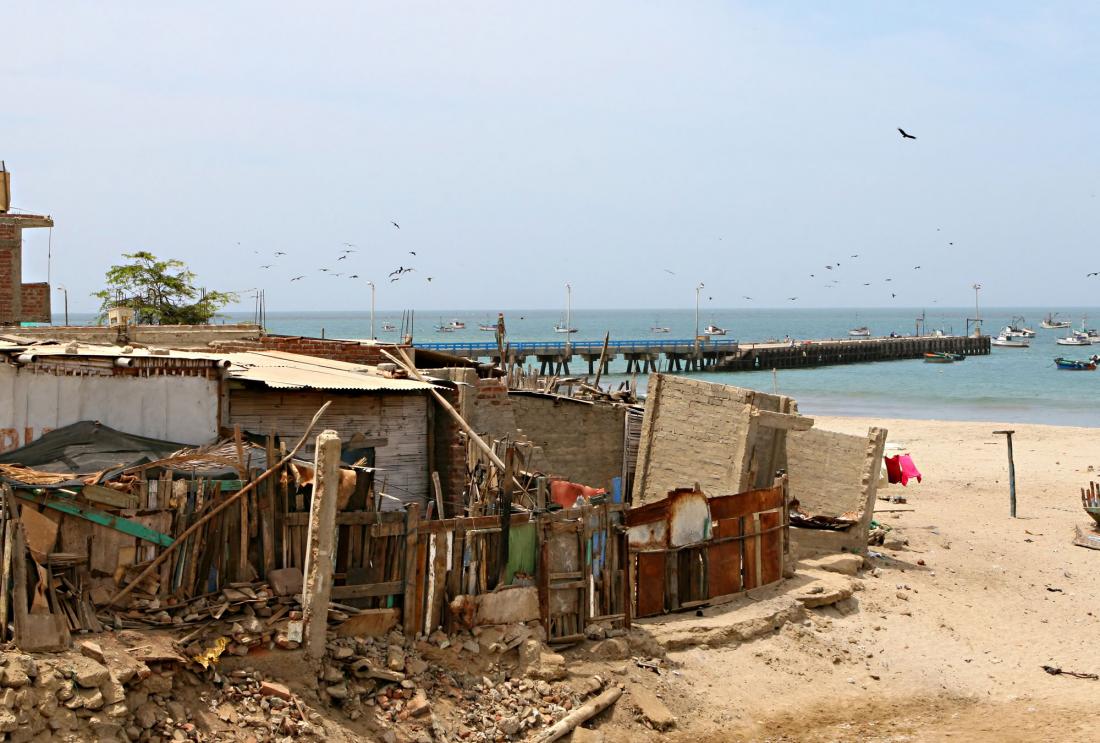Valuing Trust in Shantytowns in Peru
- Adults
- Credit balance/repayment
- Credit
- Social networks
- Pricing and fees
A major problem in microfinance is reaching borrowers who do not qualify for or are not interested in communal, group liability, banks. In collaboration with PRISMA, a Peruvian NGO offering credit through village banks, researchers designed and implemented a new loan product, which required new clients to be sponsored by existing clients, to measure the relative importance of social networks and prices for borrowing in shantytowns near Lima. Results demonstrated that borrowers were more likely to obtain sponsorship from friends. Non-friends were more likely to sponsor higher quality borrowers.
الموضوع الأساسي
Microfinance has generated worldwide enthusiasm as a potential catalyst for economic development and poverty reduction. The success of microcredit in providing access to capital without increasing default rates or requiring physical collateral was originally attributed to the group liability model, where groups of people are jointly responsible for one another's loans. However, as the microfinance industry grows and becomes more competitive, institutions must strive to develop new financing methodologies that keep institutional costs low while extending access to credit. A major problem in microfinance is reaching borrowers who do not qualify for or are not interested in communal, group liability, banks. Thus, different microfinance structures are needed that reach the poor with individual loans, while still harnessing some of the screening and enforcement benefits of group lending.
سياق التقييم
Since returning to democratic leadership in 1980, Peru has struggled to regain economic stability and growth. In 2006, 53 percent of the population was living below the national poverty line.1 This plight drove many rural residents to the outskirts of Lima in search of work, where they built their homes in shantytowns that surround the city' s center. These shantytowns now contain a large proportion of Lima's inhabitants, who have have limited access to formal financial services, such as savings accounts or loans. This study was conducted in the diverse shanty communities in the Northern Cone of Lima, whose economies are primarily based on mining of gold, copper and zinc and fishing.

معلومات تفصيلية عن التدخل
In collaboration with PRISMA, a Peruvian NGO offering credit through village banks, researchers designed and implemented a new loan product to measure the relative importance of social networks and prices for borrowing. Diverging from the traditional group lending model, this program sought to use social connections to screen for responsible clients. They required new clients to match up with sponsors who were already bank clients in order to obtain a loan.
Social network surveys conducted in the communities before the implementation of the loan program allowed researchers to map the relationships between clients and sponsors. Existing communal bank members acted as a pool of potential sponsors who could cosign small, individual loans for residents of the community who were not already bank members. The sponsor was responsible for repaying a loan if the client defaulted, and thus they were incentivized to cosign with more responsible individuals whom they could easily monitor. Each adult household member in the village received a card, which outlined the rules of the program and included a list of all sponsors in the community as well as a map of the community showing sponsor location. Both spouses of a sponsoring household and a borrowing household had to act as co-signers.
النتائج والدروس المستفادة بشأن السياسات
Impact of social networks on the borrowers: Connections are highly valuable when borrowing; having a friend cosigner is equivalent to 18 percent of the face value of a 6-month loan. However, even though social networks are important, borrowers do respond to price incentives. This experiment showed that borrowers switched to a non-friend cosigner when there were large differences in interest rates. Cosigning by a friend versus a stranger is equivalent to about 3 percent change in monthly interest.
Impact of social networks on cosigners: Cosigners relied on multiple mechanisms when deciding whether to sponsor friends. In contrast, non-friends mostly sponsored high-quality borrowers. This result suggests that microfinance programs that rely on informal enforcement, such as group lending, might be necessary to reach a larger pool of borrowers.


